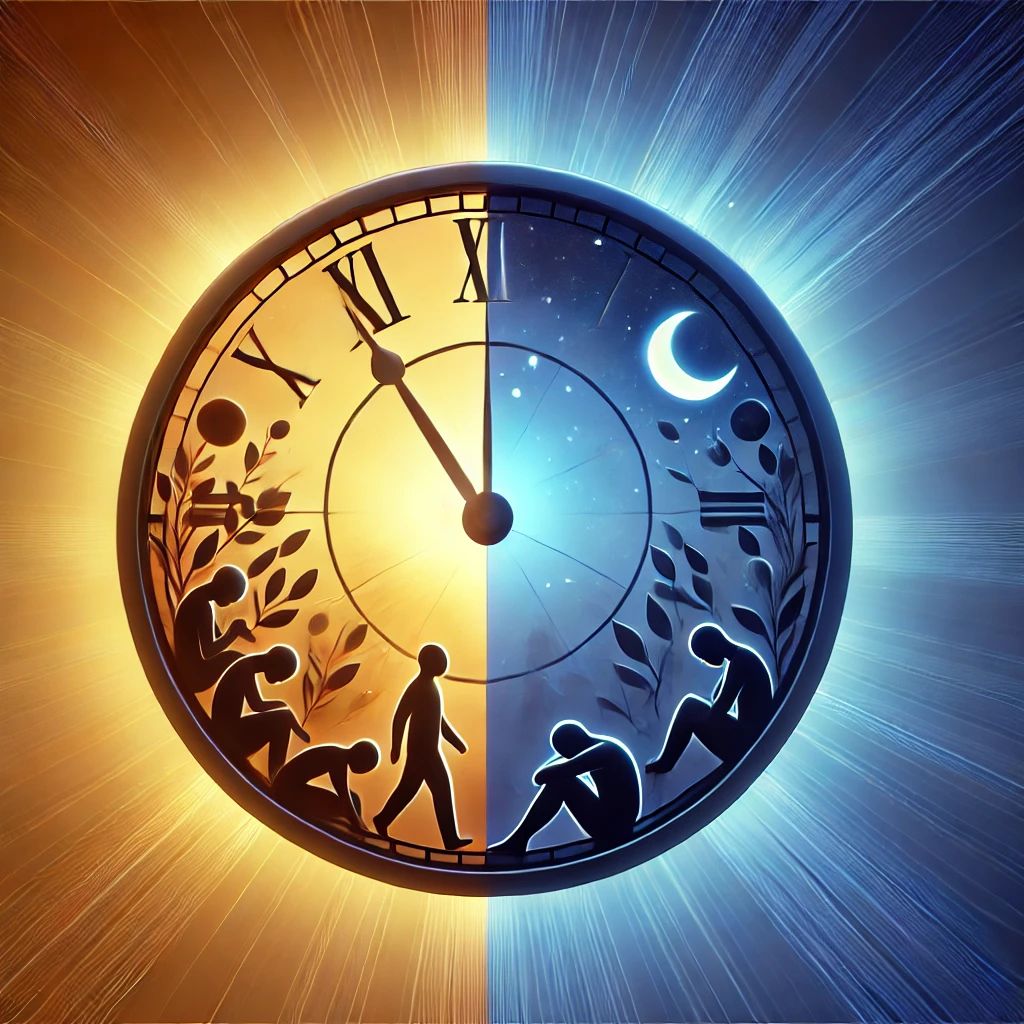Shift Work Sleep Disorder: Causes, Symptoms, and Treatment
Shift Work Sleep Disorder (SWSD) is a common yet underdiagnosed condition that affects individuals working outside the traditional 9-to-5 schedule. Whether you’re on night shifts, rotating schedules, or early morning shifts, the irregular hours can disrupt your body’s natural sleep-wake cycle, leading to significant health, safety, and productivity issues.
Could your persistent fatigue or trouble sleeping be SWSD? Understanding the causes, symptoms, and available treatments is key to managing this condition effectively.
What Causes Shift Work Sleep Disorder?
At its core, SWSD occurs when your work hours clash with your internal body clock, also known as the circadian rhythm. This natural rhythm regulates your sleep-wake cycle, hormone release, and body temperature. Night and rotating shifts force your body to stay awake during times it expects to sleep. Over time, this misalignment between your work schedule and biology creates a “jet lag” effect.
Factors that can increase your risk of developing SWSD include:
- Irregular or rotating work hours: Constantly changing shifts give your body little time to adapt.
- Genetic predispositions: Some people are “night owls” or “morning people” due to their natural chronotype.
- Age and gender: Older adults and women may be more prone to SWSD due to hormonal and physiological differences.
- Lack of proper recovery time: Insufficient days off between shifts can intensify symptoms.
SWSD doesn’t just disrupt sleep; it can also impact your physical and mental health. Long-term night shift work has been linked to cardiovascular issues, insulin resistance, and even fertility problems.
What are the Symptoms of Shift Work Sleep Disorder?
SWSD symptoms can vary depending on your work schedule and how well you’re managing it. However, two hallmark symptoms dominate:
- Insomnia: You may struggle to fall asleep or stay asleep during your scheduled sleep hours, especially during the day.
- Excessive Sleepiness: Many SWSD sufferers report feeling drowsy at work, compromising focus and safety.
Other symptoms often include:
- Poor sleep quality — feeling unrested even after sleeping.
- Difficulty concentrating and decreased alertness.
- Irritability, anxiety, or even depression.
- Increased susceptibility to errors or workplace accidents.
These symptoms can significantly interfere with daily activities, relationships, and job performance. Work accidents tied to sleep deprivation are alarmingly common, with shift workers estimated to have 60% higher workplace accident rates compared to day workers. Curious about other people’s experiences? Read reviews on medications for SWSD, like Armodafinil for Shift Work Sleep Disorder.
How is Shift Work Sleep Disorder Diagnosed?
If your sleep struggles align closely with your work schedule, it may be time to see a healthcare professional. Diagnosing SWSD involves several steps:
- Clinical History: Your doctor will ask about your work hours, sleep patterns, and symptoms of fatigue or insomnia.
- Sleep Diary: Keeping a record of your sleep and wake times, including naps, can provide a clear picture of disrupted patterns.
- Actigraphy: This wearable technology tracks your sleep-wake cycles over time.
- Polysomnography (if needed): A sleep study can rule out other disorders like sleep apnea or restless legs syndrome.
How is Shift Work Sleep Disorder Treated?
The good news? SWSD is manageable with the right strategies. Both lifestyle adjustments and medical treatments can help reduce symptoms and improve your quality of life.
Lifestyle Adjustments
- Set a strict sleep schedule: Try to go to bed and wake up at the same time every day, even on off days.
- Create a sleep-friendly environment: Use blackout curtains, white noise machines, or eye masks to minimize disruptions during daytime sleep.
- Use strategic naps: Brief 20- to 30-minute naps before or during work shifts can boost alertness without causing grogginess.
- Light exposure therapy: Bright light exposure during working hours can help reset your circadian rhythm. Avoid screen exposure close to bedtime.
Medical Treatment Options
Certain medications can alleviate excessive sleepiness or help establish a healthier sleep pattern. Common treatments include:
- Caffeine: Widely used but should be consumed carefully to avoid disrupting your eventual sleep.
- Modafinil and Armodafinil: These prescription medications, commonly marketed under names like Modafinil, promote wakefulness during work hours.
- Melatonin supplements: Taken before your planned sleep time, melatonin can help some individuals fall asleep faster.
Behavioral Therapy and Support
Sometimes, behavioral interventions under the guidance of a sleep specialist may provide additional relief. Cognitive-behavioral therapy (CBT) can help you address poor sleep habits or stress exacerbating the disorder.
Organizations and workplaces can also play their part by:
- Offering rotating shifts that follow a forward schedule (day–evening–night).
- Providing proper rest areas or breaks to employees during shifts.
Drugs used to treat Shift Work Sleep Disorder
| Drug Name | Rx/OTC | Preg | CSA | Alcohal |
|---|---|---|---|---|
| Prescription Only | C | 4 | X | |
|
Generic Name: armodafinil Brand Name: Nuvigil Drug Class: CNS Stimulants For consumers: dosage, side effects |
||||
| Prescription Only | C | 4 | X | |
|
Generic Name: Modafinil Brand Name: Provigil Drug Class: CNS Stimulants For consumers: dosage, side effects |
||||
| Prescription Only | D | 4 | X | |
|
Generic Name: armodafinil Brand Name: Nuvigil Drug Class: CNS Stimulants For consumers: dosage, side effects |
||||
| Prescription Only | C | 4 | X | |
|
Generic Name: Modafinil Brand Name: Provigil Drug Class: CNS Stimulants For consumers: dosage, side effects |
||||
Conclusion
Shift Work Sleep Disorder doesn’t have to take control of your life. With effective strategies and treatments, you can navigate the challenges of working irregular hours while safeguarding your health and mental well-being. Whether it’s adopting a better sleep routine or consulting a doctor for medical options, proactive steps can make a world of difference.
Remember, sleep isn’t a luxury — it’s essential. If you’re a shift worker struggling with sleep, don’t dismiss your symptoms. Managing SWSD can help improve not just your work life but your overall quality of life.
